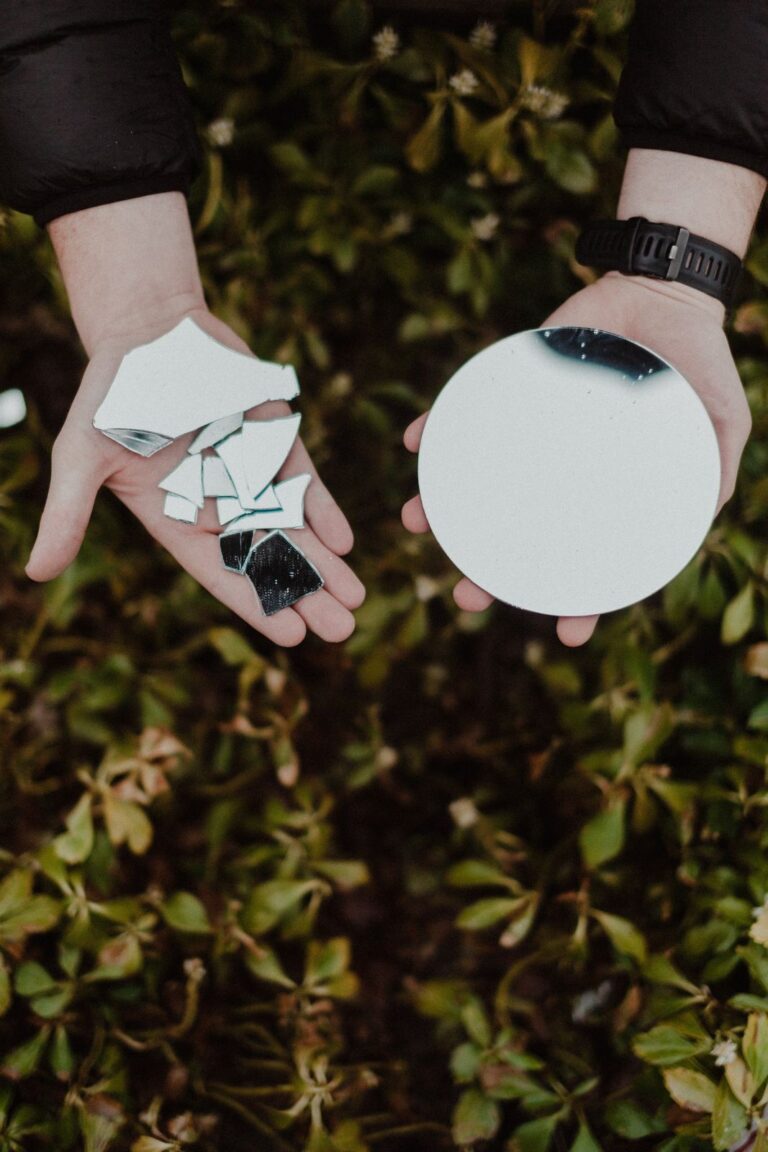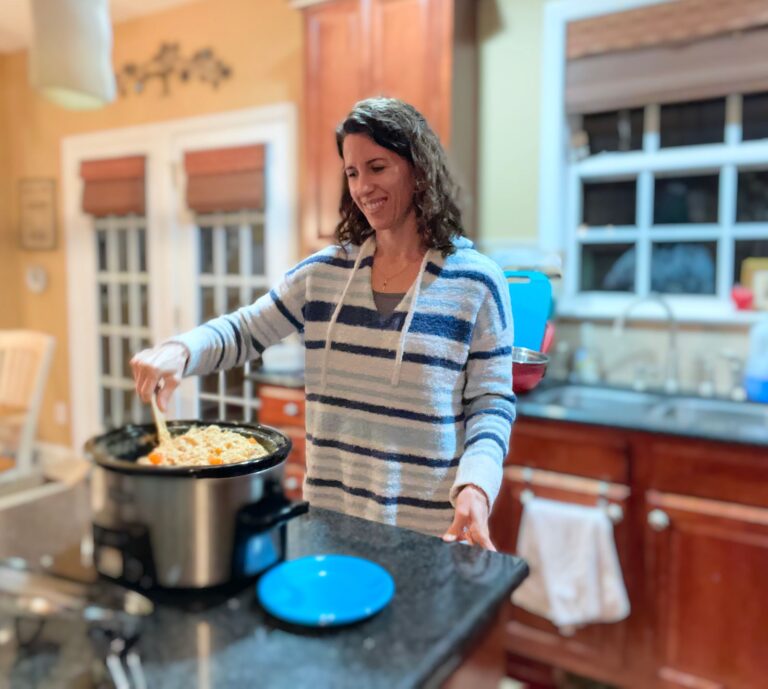The Good Found in a Weed
Sadly, a pretty yellow dandelion growing in the middle of a green back yard is not a welcome sight nowadays. Once considered a medicinal herb, dandelions are now viewed as weeds and often sprayed with the intention to kill. But, you may want to think twice about that approach the next time you find a little yellow beauty called dandelion growing in your yard, especially given its many benefits.

You were not created for your wellness to be dependent on an external source—let that sink in. My inflection point on this concept came several years ago while meeting with my pulmonologist. In this particular circumstance, I had been battling shortness of breath. Being a runner, this was concerning for me and quite distressing. Now, I was certain there was a physical process taking place that resulted in my shortness of breath, but, nothing showed up on any test. It was frustrating for me and I imagine my pulmonologist as well because it led to this statement— “I think you are a woman in your 40s who has been relatively well her whole life. Now you are not and you just can’t handle it.”
I came to understand from this experience that I need to steward my own personal health. Silly as that seems, me being a healthcare provider and all, I realized in that moment that I had subconsciously looked to others and systems to manage my wellness—the doctor to tell me what the problem was, the pill to “fix” the breakdown, or the guidelines to tell me what’s “right and wrong.” There’s a time and place for all of these things, of course, but, in this moment, I recognized the immense need for me to lead my own personal health journey. This time, there was not simply a “pill for my ill.”

There was a time when a pill to cure every ill wasn’t even an option. In fact, pharmacy has its roots in such a time as this. Prior to the industrial revolution, medicine was made in apothecaries. I visited one with my daughter from the 1800s in Old Salem, North Carolina. So, it was a delight for me to experiment during the month of May with making herbal remedies similarly to what used to take place in the old apothecary.
I decided to begin my focus on dandelion root. I chose dandelion because I have a personal connection to this herb through a very special lifelong friend. This friend drank dandelion tea often even creating her own recipe. I was curious, why did she like dandelion tea so much? Since I am not able to ask her, I decided to try this tea for myself. Additionally, I had been using bitter herbs with great success to help my sensitive digestive system—bitter herbs often contain dandelion root.
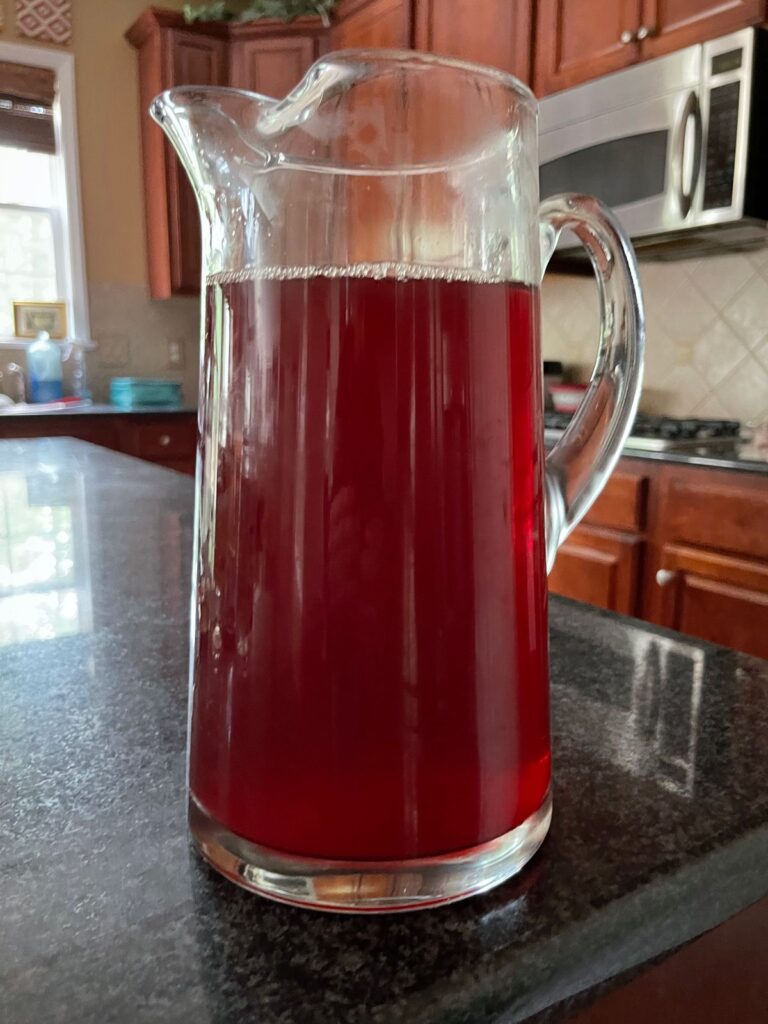
How many times as a kid did you pick a dandelion from the field, as a clock flower, making a wish and blowing its seeds all over the place? Dandelions announce spring. They are a member of the Asteraceae family. Their bright yellow flowers open in the morning and close in the evening. The name dandelion comes from the French phrase “dent de lion” meaning “tooth of the lion” due to the shape of its leaves. Pollinators, like bees, love dandelions and they are very good for the soil improving its quality. Dandelions are thought to have been in cultivation since Roman times and were introduced into European medicine by the Arabs around the 10th century. For the last 1000 years, dandelion has been used medicinally and as food. In the 17th century, early colonists brought dandelion to the new settlements of the American colonies.
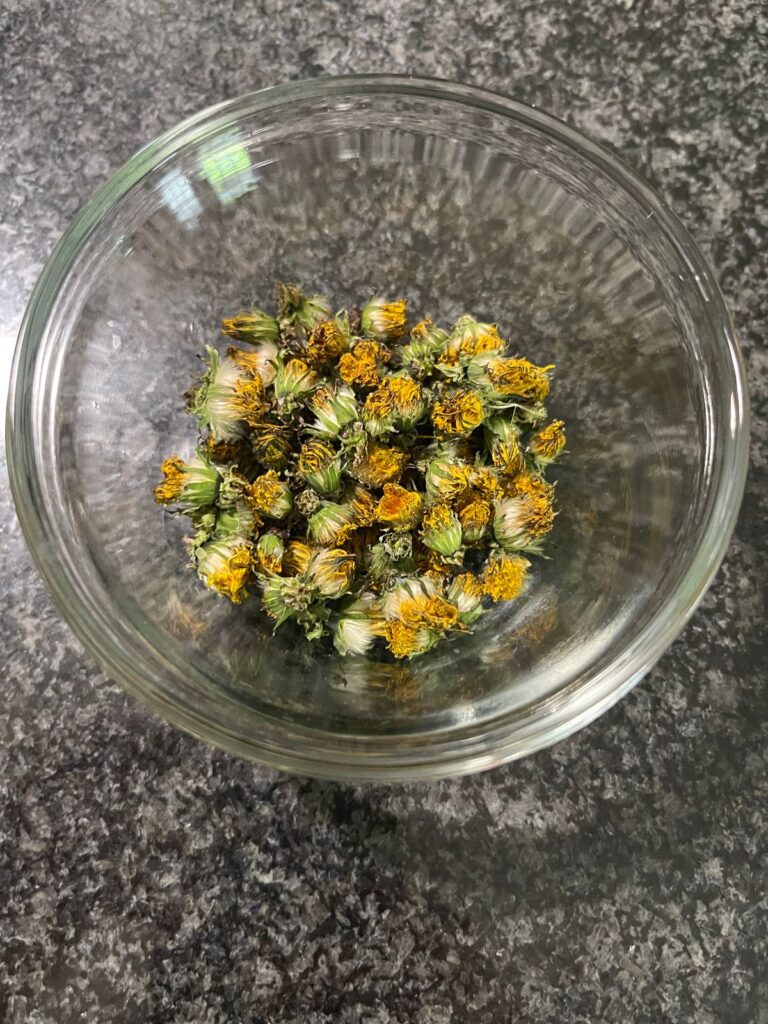
Dandelion root was in the United States Pharmacopoeia from 1831-1926, it remains in the pharmacopeias in Austria, Hungary, and Poland. Every part of the dandelion is edible with the only caution being the need to avoid ingesting dandelions that have been sprayed with weed killer. Medicinally, dandelion is thought to affect the liver, bladder, and stomach. Dandelion has been used to help poor digestion, water retention (due to diuretic properties of the leaves), skin eruptions, and liver health. It is a bitter herb with no known contraindications or safety concerns, although, there are some postulated theoretical issues.

I chose to make tea, salve, and a decoction. The tea was delicious. To make the salve, I harvested dandelions from an unsprayed yard taking care not to mix up the dandelion with its look alike plant, cat’s ear. Using the flowers, I made dandelion infused oil. The flowers needed to be prepped for infusing by washing them and allowing them to completely dry so mold doesn’t grow in the oil. I used a fast method to extract the dandelion flower constituents into the oil by applying heat speeding up the process. Next, I melted beeswax and coconut oil with the dandelion infused oil. The end result is a lovely dandelion salve that I can use to hydrate dry skin, soothe sore muscles and achy joints, or even as a lip balm.

Lastly, I created a decoction to drink as a coffee substitute using a recipe that includes several medicinal herbs including dandelion root (1). I combined all ingredients in a saucer and decocted for about 20 minutes using a French press to separate the liquid from the solid herbal products. The decoction tasted bitter, but with an earthy and floral aroma, almost chocolate like. The aftertaste was somewhat sweet and it smelled like Christmas cookies. I paired the dandelion root decoction with milk and it was almost indistinguishable from coffee. In fact, I think it tasted better than most of the coffee I have drank in my life!
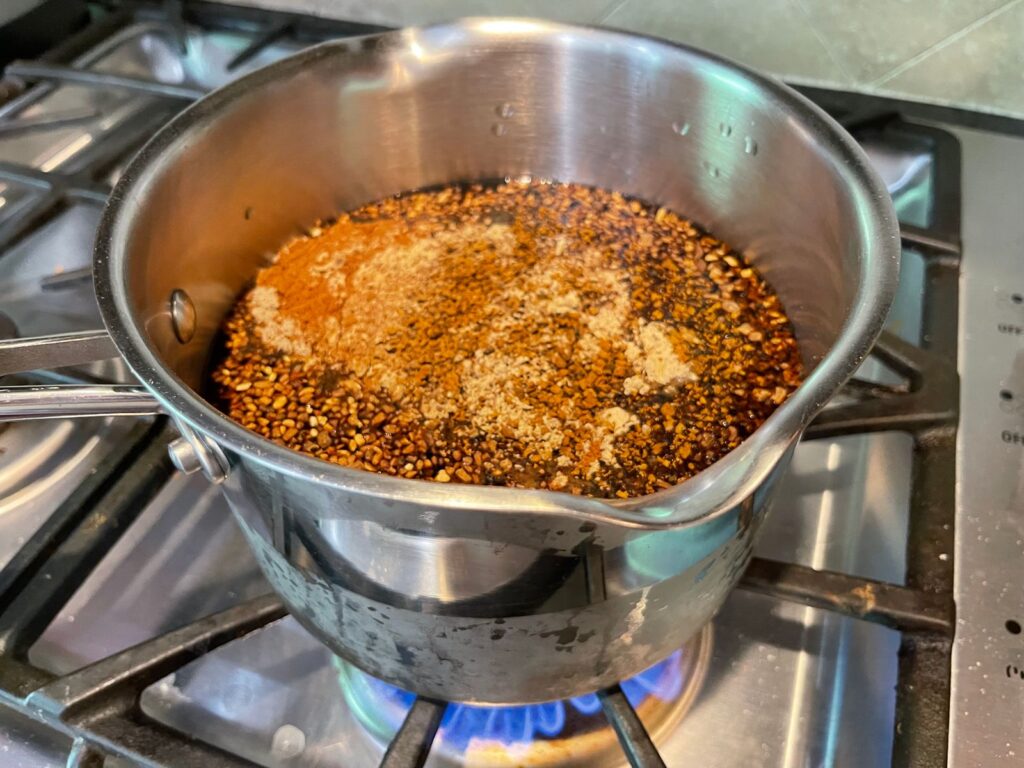
Making these remedies resembled my time in compounding lab during pharmacy school and allowed me to reconnect with my beautiful friend, childhood memories of the dandelion, and the lost art of medicine making. It was empowering to create solutions at home that I can use to improve the way I feel. There’s always going to be a need for allopathic medicine, it certainly has its place. However, it is a true blessing to be able to create remedies at home that support health. Sustaining wellness first with a foundational healthy lifestyle (i.e., physical activity, nutrition, stress management, sleep, avoiding risky substance use, and social connection). But, recognizing that plants may offer benefits—both through nourishment as part of the diet and also as a means of caring for minor ailments.
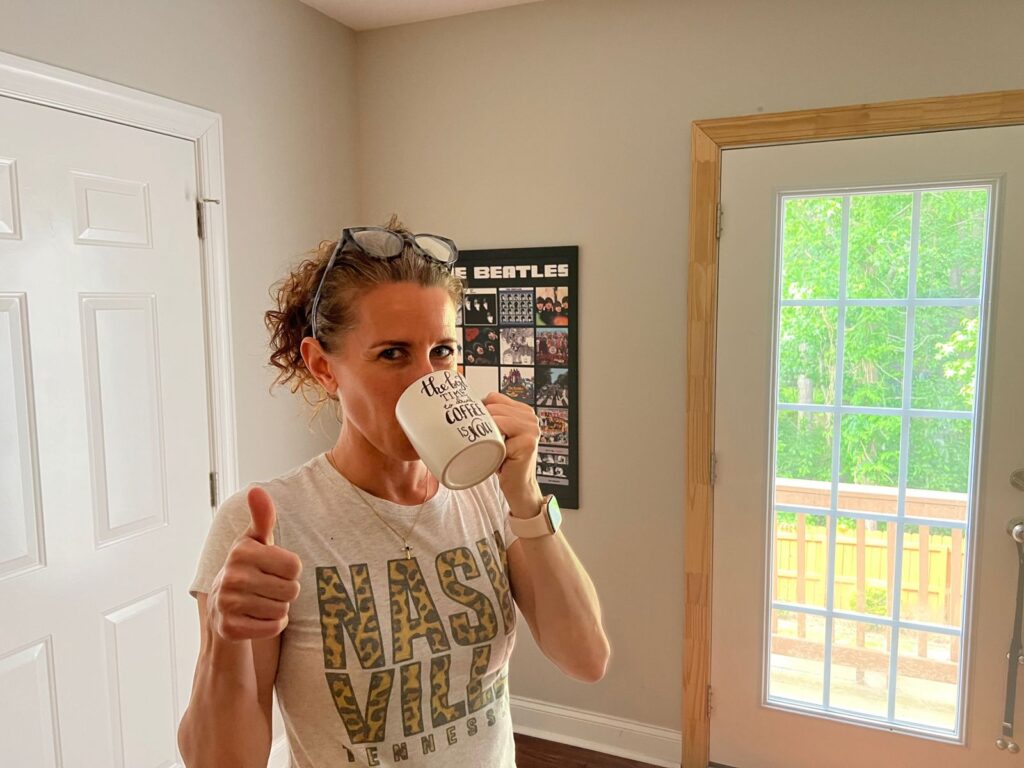
*Not medical advice.
Disclaimer. The statements made herein have not been evaluated by the Food and Drug Administration. Any/all products, services, and information provided are not intended to diagnose, treat, cure, or prevent any diseases.
References:

